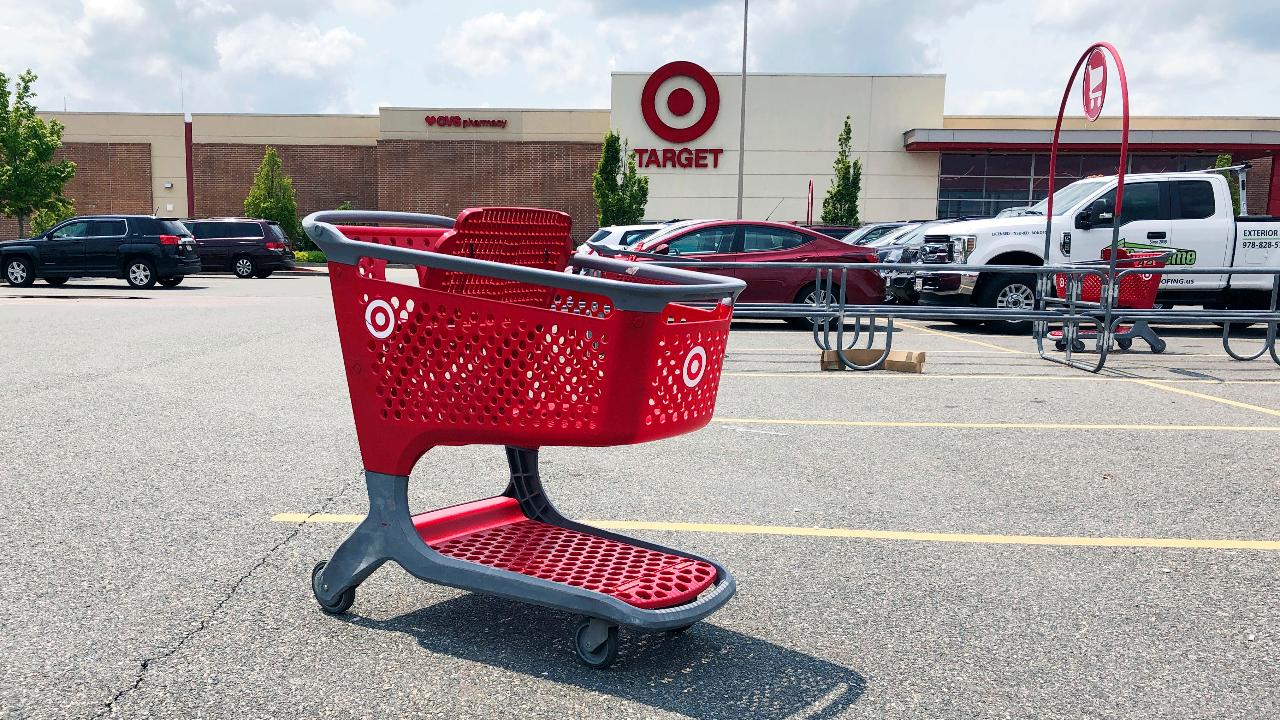Target has big success with small stores
Target is causing a big sensation with a small concept. It’s a mini-store – with merchandise targeted to a specific customer base. And it has taken off. The company just opened its 100th “small-format” store this month, with no signs of slowing down. And according to a company spokeswoman, “the sales productivity of Target’s small-format stores is twice our company’s average.”
| Ticker | Security | Last | Change | Change % |
|---|---|---|---|---|
| TGT | TARGET CORP. | 95.71 | +1.44 | +1.53% |
The small-format store is generally about 40,000 square feet (and can be as small as 12,800 square feet, like the one in Chicago’s Wicker Park), which is a little less than 1/3 the size of a regular Target (130,000 square feet).
The retailer began exploring the concept of smaller stores back in 2012, with a simple notion: Putting a Target in places where there wasn’t necessarily space for a regular-sized Target – specifically “urban areas, dense suburban neighborhoods, and near college campuses,” the company says.
It opened 30 small format stores last year and is on pace to do the same this year and the next several years as well. Four new small-format stores got their start in the 2nd Quarter – in East Lansing, MI, Ocean Beach, CA, Seattle, WA, and Lexington, KY (3 of which are near college campuses, per Target’s formula for these mini-stores).
And the company has opened an additional two such stores in the month of August alone (one in Miami Beach, Florida and one in West Hartford, Connecticut).
Target stated: “We started testing stores that were smaller than a traditional Target in 2012, developing an approach to localize assortments and design features that made sense for the neighborhood. We also had to make changes to our supply chain, making sure small-format stores were well-stocked and ready for guests even though they didn’t have much backroom space to store extra products. That included careful planning, more frequent deliveries and smaller trucks . . . We first started testing urban-geared formats back in 2012, and through the years, we’ve learned a lot and refined our approach. The format we use today was first introduced near the University of Minnesota in 2014, and we kept on making adjustments from there.”
CLICK HERE TO READ MORE ON FOX BUSINESS
Target shares have gained 60 percent this year, far outpacing the S&P 500's gain of 14 percent. Earlier this week, the company boosted its full-year profit forecast.

